Bringing herbs in for winter
CA Kate z9
18 years ago
Featured Answer
Sort by:Oldest
Comments (22)
playthyme
18 years agolast modified: 9 years agobrer
18 years agolast modified: 9 years agoRelated Professionals
Canton Landscape Architects & Landscape Designers · Maple Valley Landscape Architects & Landscape Designers · Tempe Landscape Architects & Landscape Designers · Marco Island Landscape Architects & Landscape Designers · Brentwood Landscape Contractors · Anderson Landscape Contractors · Flagstaff Landscape Contractors · Framingham Landscape Contractors · Peachtree City Landscape Contractors · Tigard Landscape Contractors · Waterford Landscape Contractors · North Bellport Outdoor Lighting & Audio Visual Systems · Atlanta Roofing & Gutters · Bronx Roofing & Gutters · South Orange Roofing & Guttersmartieinct
18 years agolast modified: 9 years agoalison
18 years agolast modified: 9 years agoalison
18 years agolast modified: 9 years agoplaythyme
18 years agolast modified: 9 years agoteryaki
18 years agolast modified: 9 years agojannie
18 years agolast modified: 9 years agoflora_uk
18 years agolast modified: 9 years agoCA Kate z9
18 years agolast modified: 9 years agokaseyboy
18 years agolast modified: 9 years agomartieinct
18 years agolast modified: 9 years agolori_londonuk
18 years agolast modified: 9 years agonarcnh
18 years agolast modified: 9 years agocoing
18 years agolast modified: 9 years agovic01
18 years agolast modified: 9 years agoteryaki
18 years agolast modified: 9 years agomaureen_kindcrafts_com
18 years agolast modified: 9 years agoteryaki
18 years agolast modified: 9 years agoMaureenPatricia
18 years agolast modified: 9 years agojonsgirl1433
15 years agolast modified: 9 years ago
Related Stories
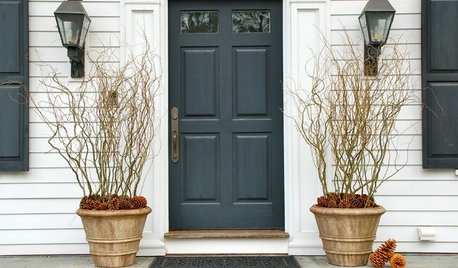
WINTER GARDENINGBranches Bring the Winter Spirit to Container Gardens
Add dimension and drama to winter pots with branches from austere to downright colorful
Full Story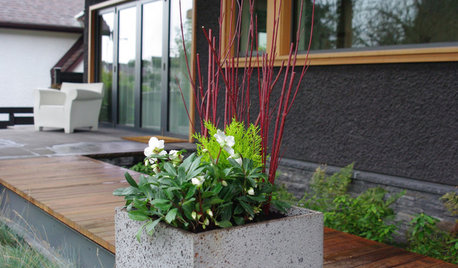
WINTER GARDENING7 Container Plantings to Bring Winter Gardens to Life
Adding instant color but with long-lasting practicality, these plant groupings are bright spots in a slumbering wintertime garden
Full Story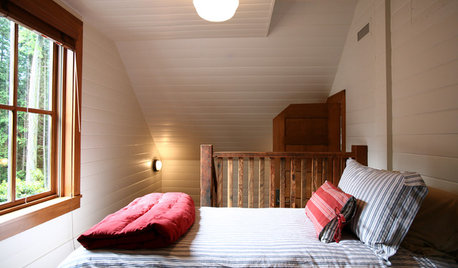
DECORATING STYLESInspiration: How to Bring Woodsy Winter Cabin Style to Your Home
Stay Snug With Warm Wood, Comfy Nooks, Sleeping Lofts, and a Little Kitsch
Full Story
MORE ROOMSLong, Cold Winter Days—Bring 'em On!
13 Inspiring Ways to Make Good Use of Nesting Season
Full Story
HOLIDAYSVintage Sleds Bring a Dash of Winter Nostalgia
Antique sleds add a rustic touch to holiday decor — and can evoke fond memories too
Full Story
SHOP HOUZZShop Houzz: Create an Indoor Garden for a Green Winter
Keep the freshness going with indoor planters, terrariums and herb gardens
Full Story0
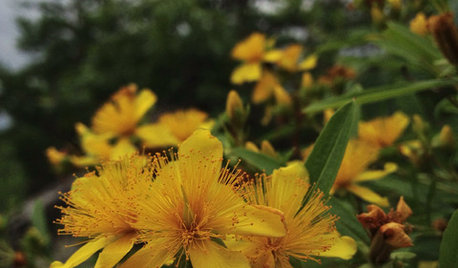
GARDENING GUIDESHypericum Prolificum Brings the Best of St. Johnswort to the Garden
This eastern North American species pairs bright yellow summer flowers with compact shrubbery
Full Story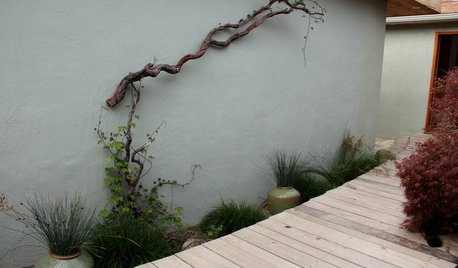
DECORATING GUIDESSee How Wabi-Sabi Can Bring Harmony and Beauty to Your Home
Create your own wabi-style style with beautifully weathered, humble materials around the house
Full Story
GREENHOUSESGreenhouses Bring Gardens in From the Cold
Get a jump start on summer plantings even if spring chills linger with a greenhouse or cold frames in your backyard
Full Story
LANDSCAPE DESIGNArt Brings a New Experience to Modern Home Exteriors
Sculptures and paintings on a home's exterior can create impact and interest before anyone even steps inside
Full Story









Heather Sellars